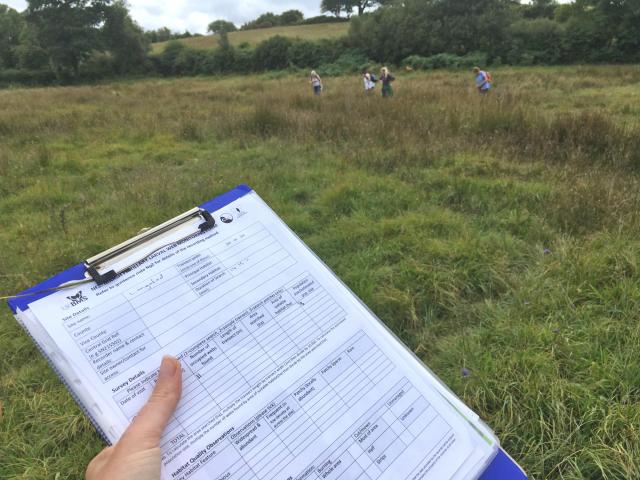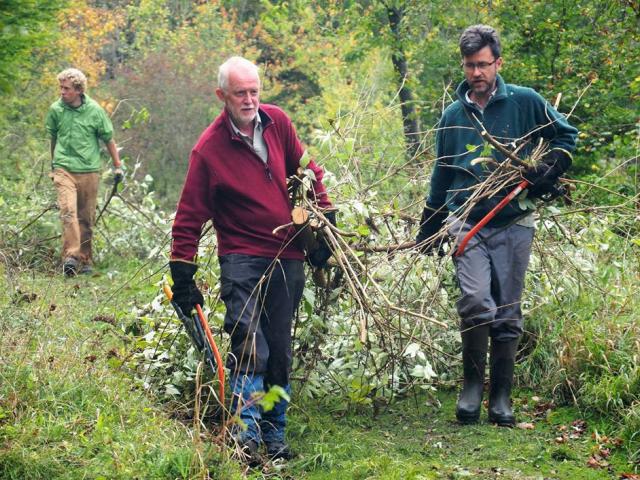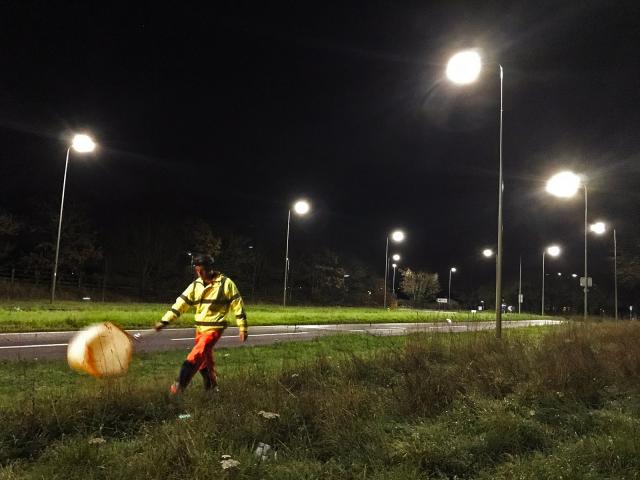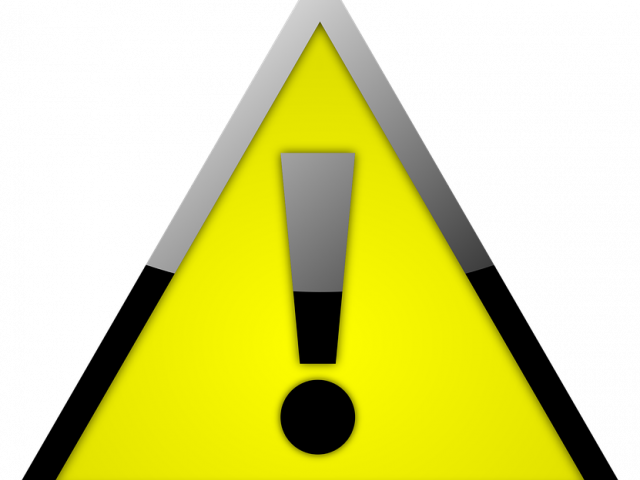
Introduction to Health and Safety

The Health and Safety Officer at Butterfly Conservation (BC) Head Office is responsible for overseeing Health & Safety issues for all BC volunteers and staff. Any queries or concerns about Health & Safety should be directed to Head Office either by email at [email protected] or by calling 01929 400209.
We fully support volunteers to continue with the incredibly important work that they do and we do not want to make life difficult with red tape. We do, however, have a legal and moral duty to keep staff and volunteers safe while they are working on BC’s behalf. As a volunteer you should be aware of BC’s Health & Safety Policy, and the associated guidelines and processes which apply to your role.
In order to keep themselves and others safe, we ask that all volunteers please undertake training relating to their role, which will cover the essential health and safety information which relates to their activities. In addition, the current Health & Safety Policy should be read by all volunteers in a key role, please, so that activities are planned in accordance with our policies and processes.
Risk Assessments

As part of managing our health and safety we must manage the risks in our workplace. To do this we need to think about what might cause harm to staff and volunteers and decide whether they are taking reasonable steps to prevent harm. This is known as a Risk Assessment and it is something Butterfly Conservation is required by law to carry out.
A Risk Assessment is not about creating paperwork, but rather about identifying sensible measures to control the risks in our workplace. We already take steps to protect our staff and volunteers, but Risk Assessments will help us decide whether we have covered all we need to.
Butterfly Conservation has written a number of Standard Risk Assessments which cover most of the common activities we undertake. We have attempted to strike a balance between capturing best practice and providing guidance without being unnecessarily prescriptive. These are now all available in the Document Hub of Assemble, which is accessible to all registered volunteers.
Few workplaces stay the same. Sooner or later, we will bring in new equipment, substances and procedures that could lead to new hazards. So it makes sense to review what we are doing on an ongoing basis, look at the risk assessment and ask:
- Have there been any significant changes?
- Is anything different today?
- Are there improvements we still need to make?
- Have our staff or volunteers spotted a problem?
- Have we learnt anything from accidents or near misses?
Codes of Practice

Butterfly Conservation has a number of Codes of Practice covering the precautions which should be taken for a wide range of activities. The relevant Code of Practice is referenced at the top of the Standard Risk Assessment covering that activity. Volunteers should be aware of what issues affect their activities (eg use of Chainsaw or Brushcutter) and you should follow any training you are given, familiarising yourself with the relevant Code of Practice where applicable.
Insurance
We hold comprehensive insurance cover which includes all our registered volunteers. The following activities are covered, provided you are registered with us as a volunteer, the work was directed by a Butterfly Conservation branch committee or member of staff and you are following all of our policies and processes:
- Scientific research
- Conservation work
- Membership development and administration
- Fundraising
- Ownership and management of nature reserves
- Manual work on sites
- Events, guided walks and field trips
- Recording/monitoring of butterfly/moth populations
Our insurance does not cover the practice of burning areas of heather or grassland (’swaling’). Copies of all our insurance certificates can be found in the Document Hub in Assemble, which is available to all registered volunteers.
Reporting Incidents and Accidents

It is very important that you report all incidents or injuries that occur, whether minor or serious. This must be done as soon as possible, as this incident may have to be reported to the Health and Safety Executive (HSE) within 10 days of the incident. If you need help with this, please email [email protected] or call 01929 400209.
Loss or damage to property, near misses and incidents involving members of the public or other volunteers must also be reported. A near miss is categorised as something which could have caused injury but didn’t.
Conclusion
If you have any queries or concerns regarding Health & Safety within Butterfly Conservation, contact Head Office on [email protected] or 01929 400209.

